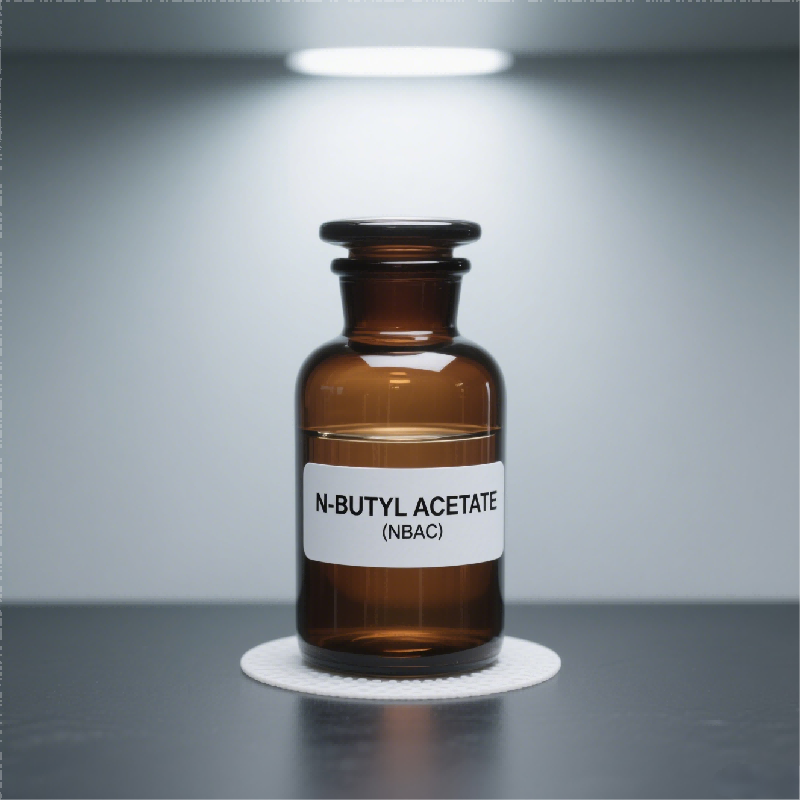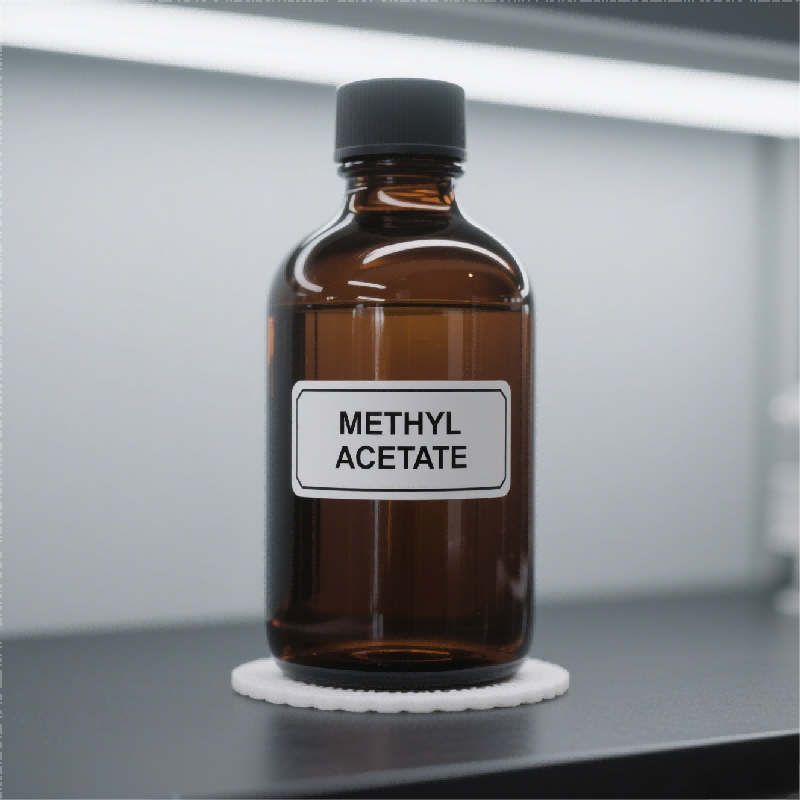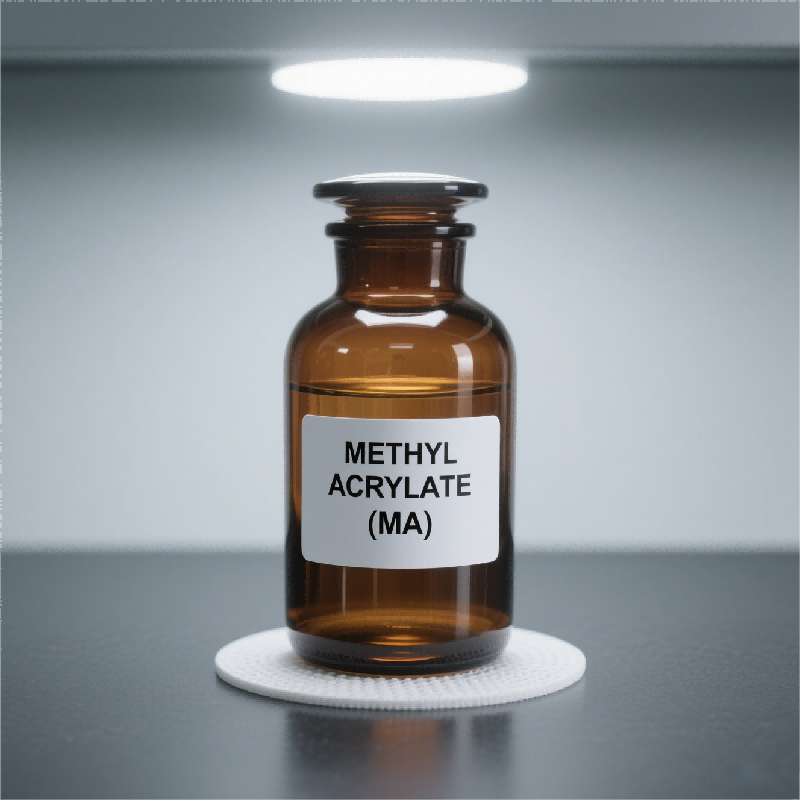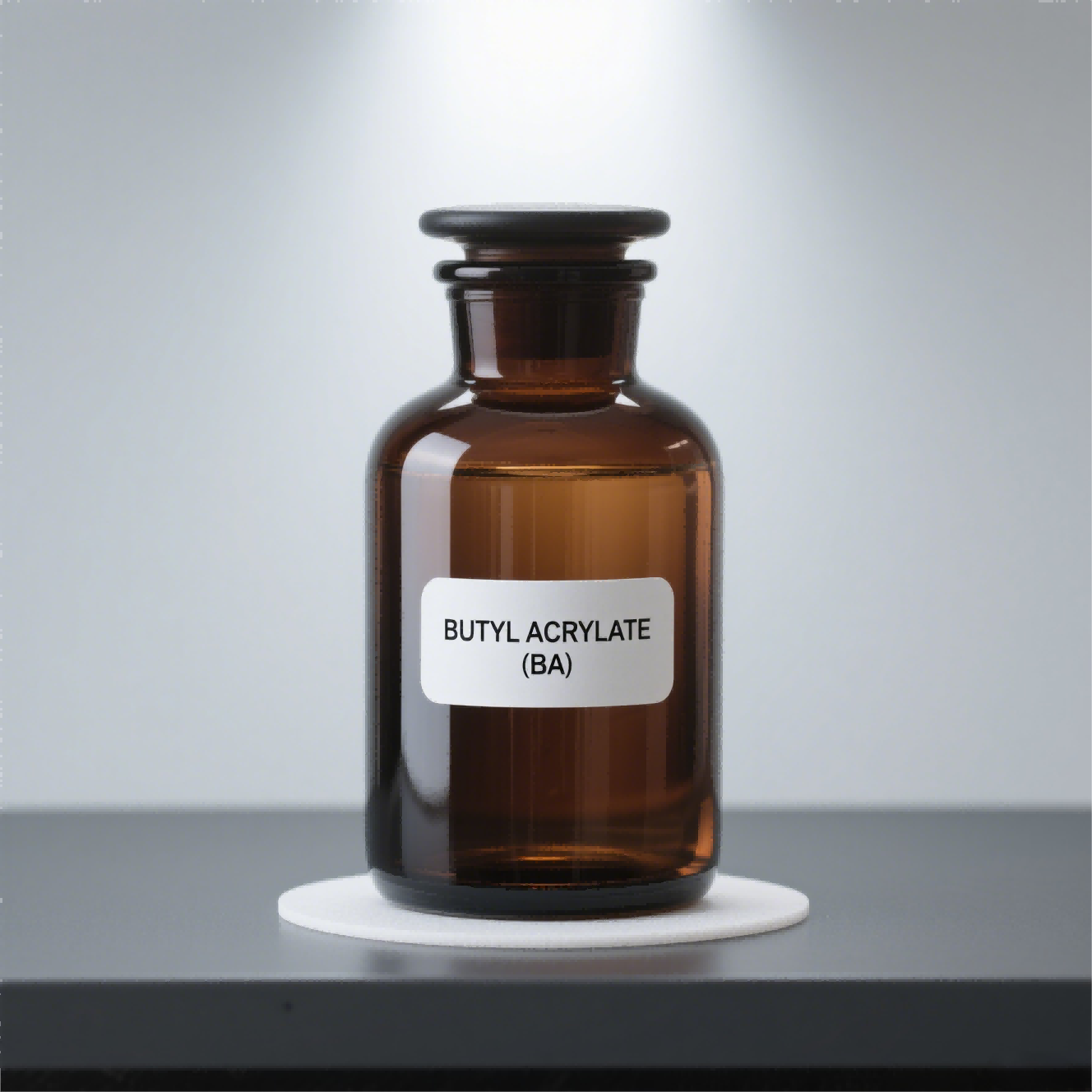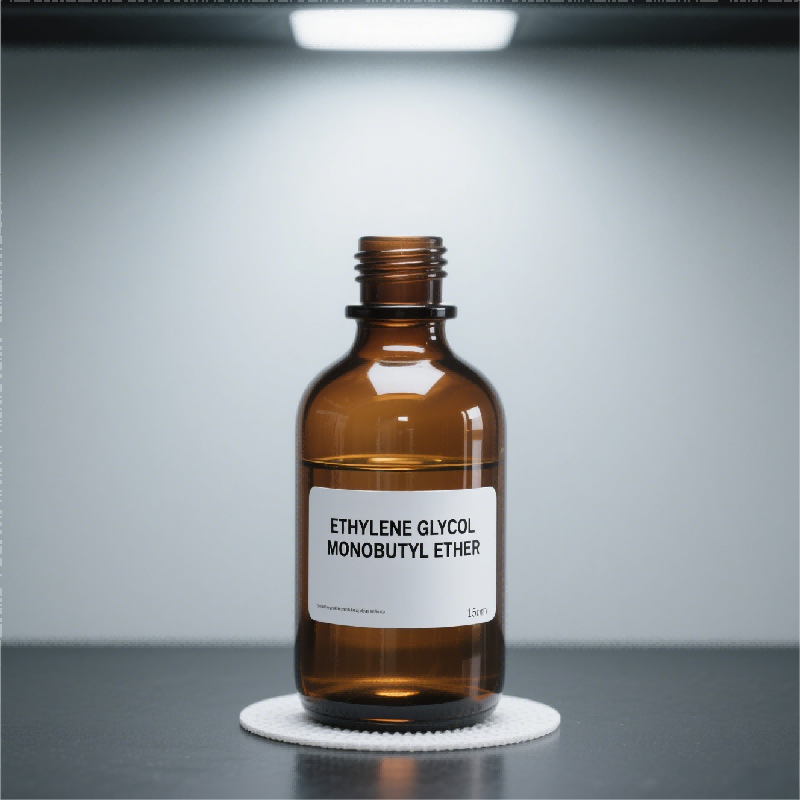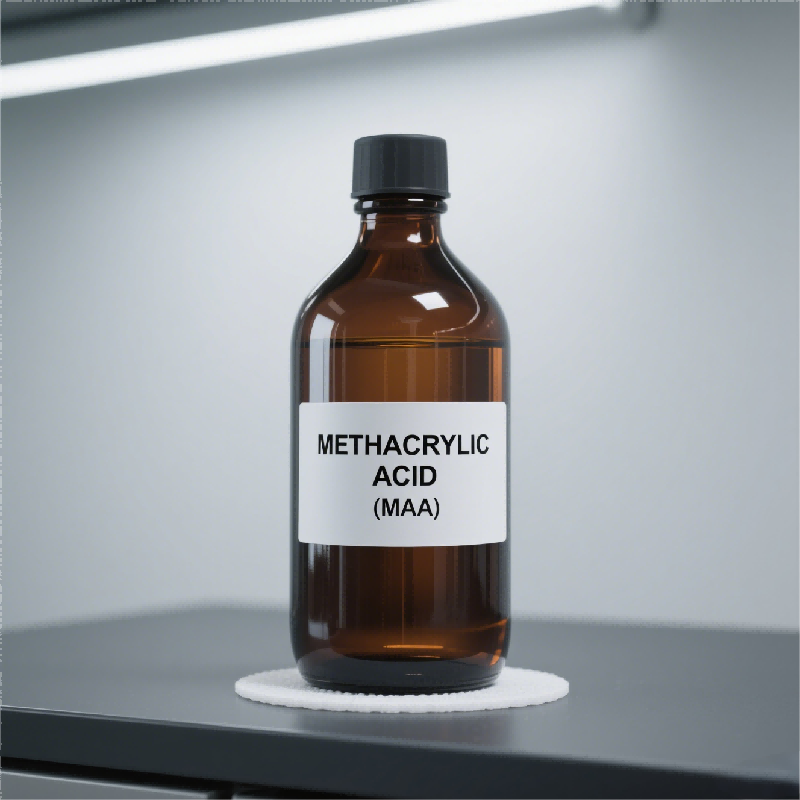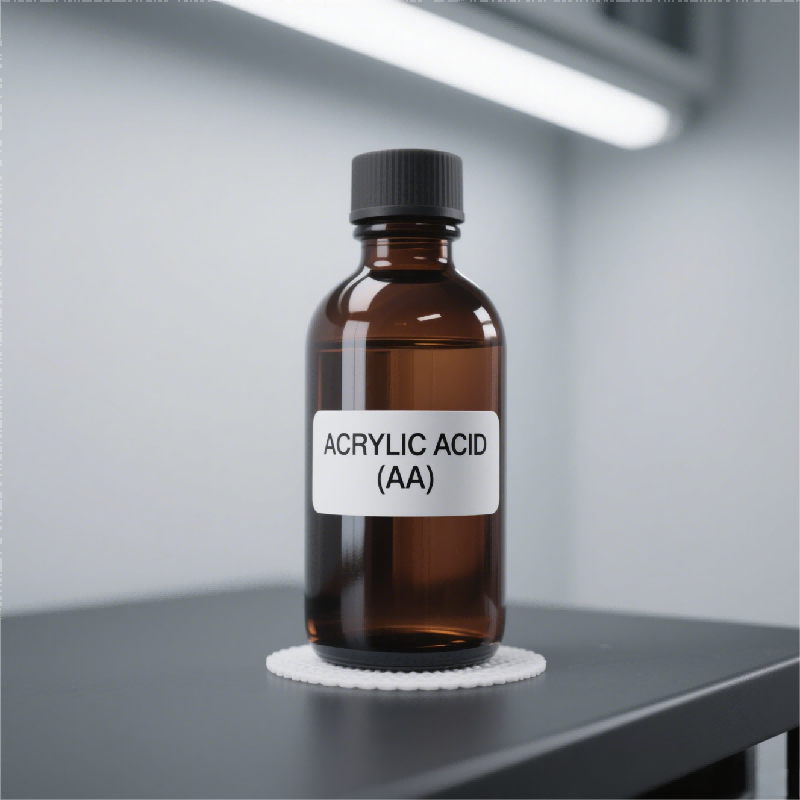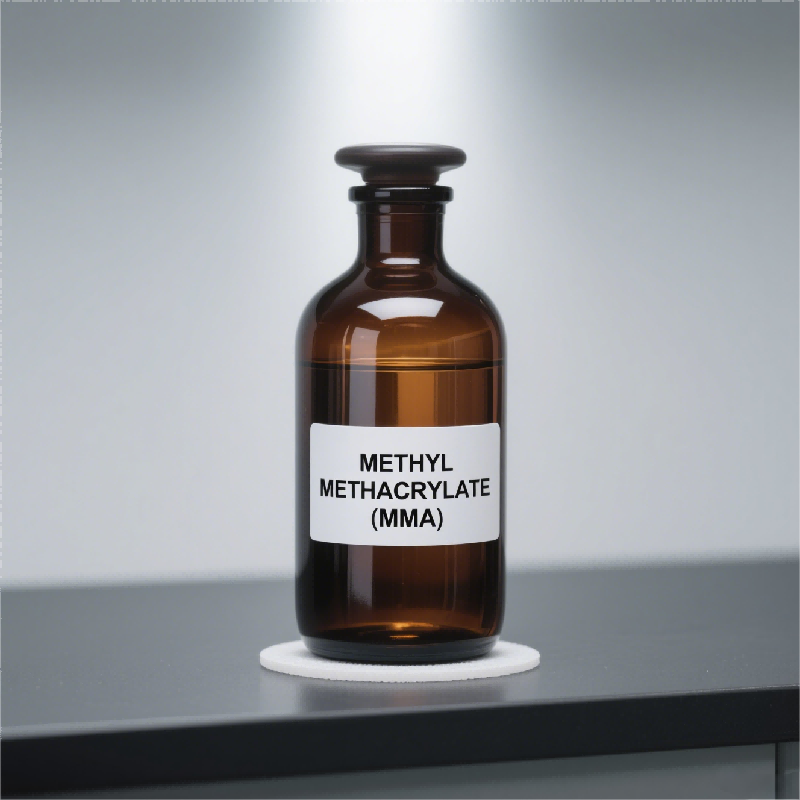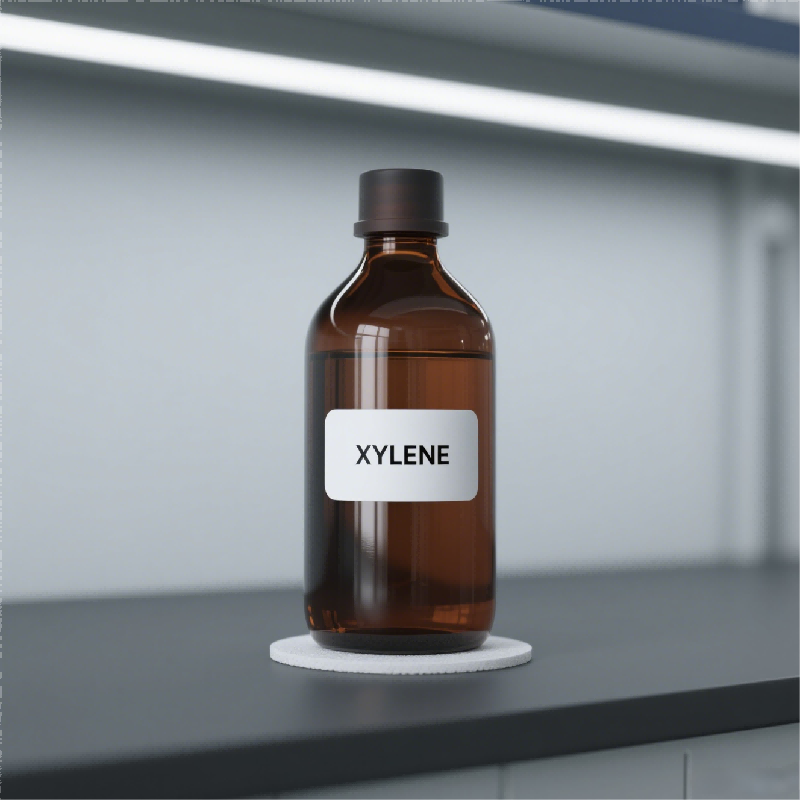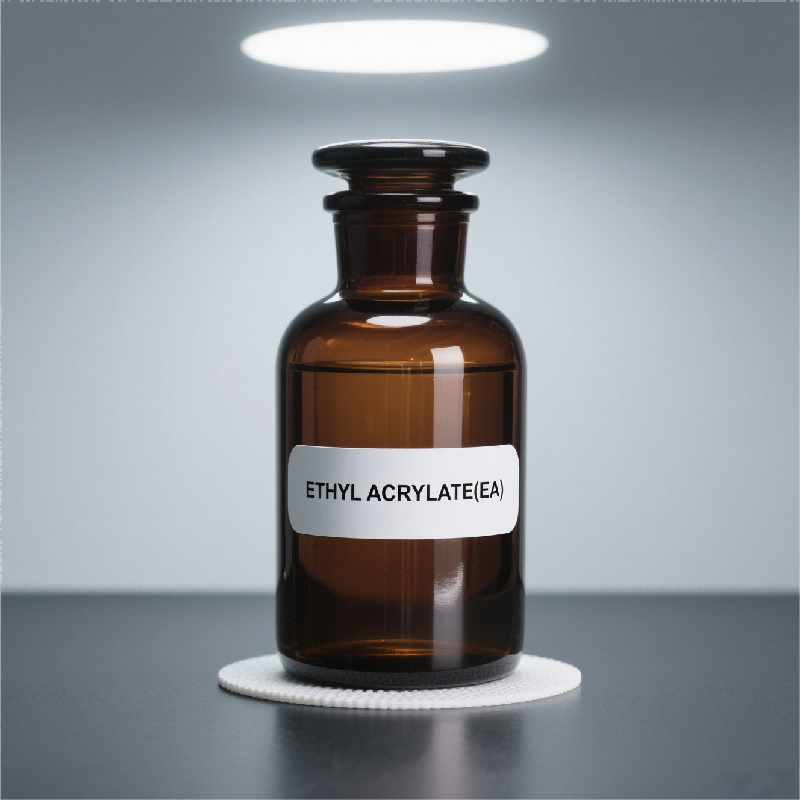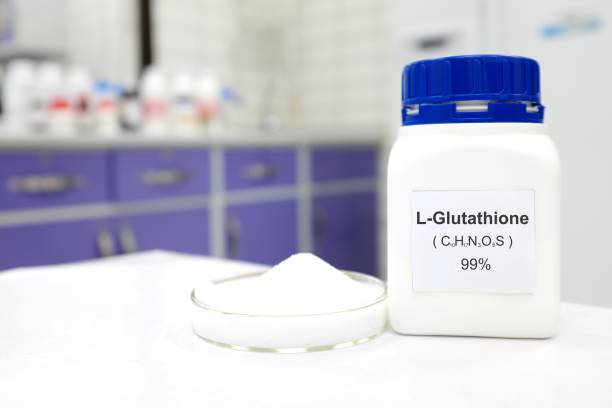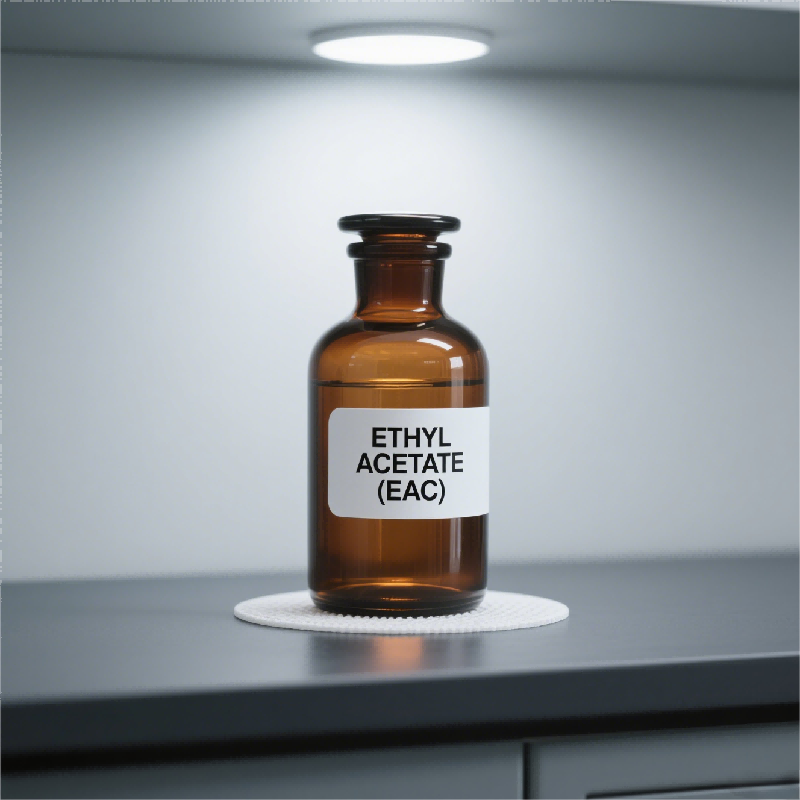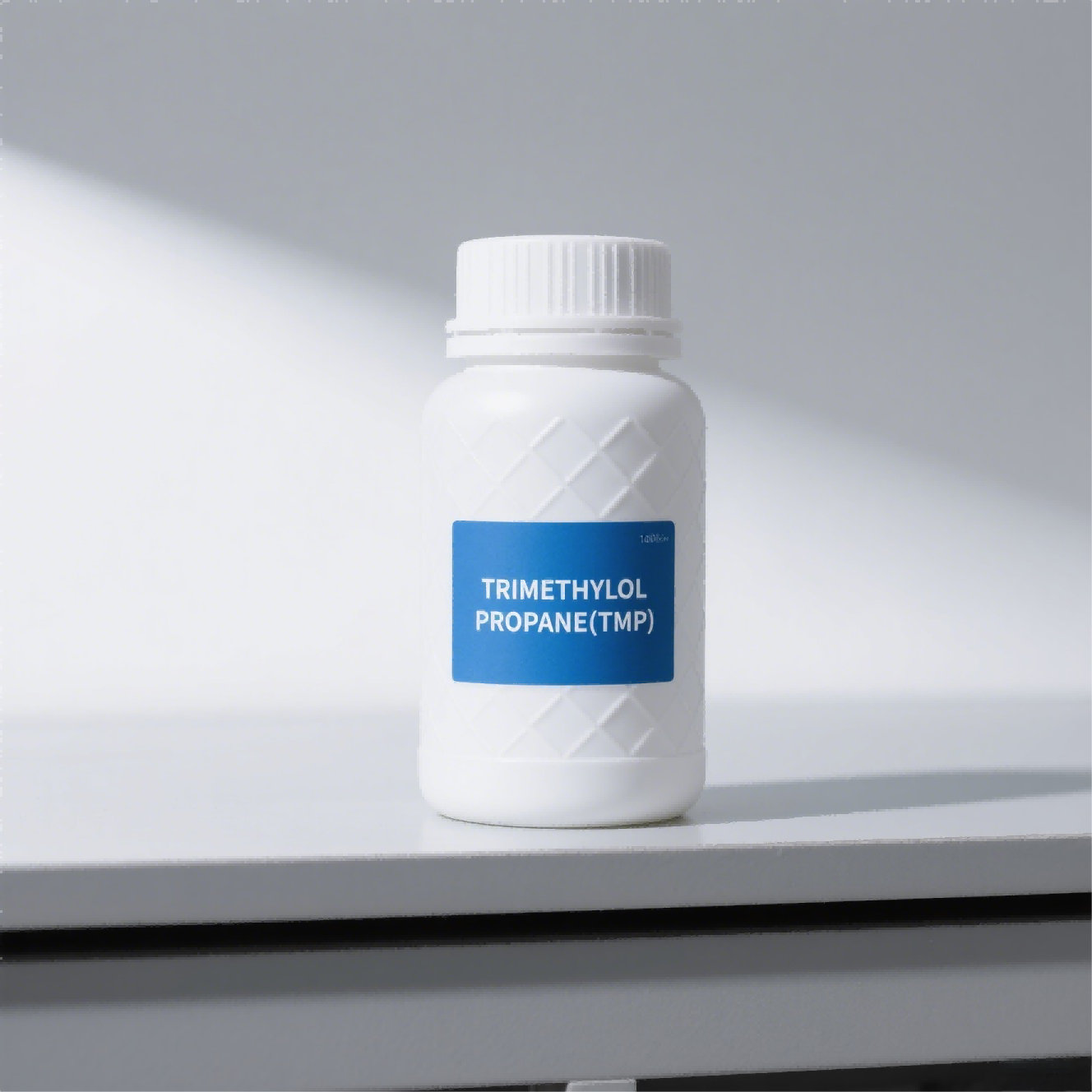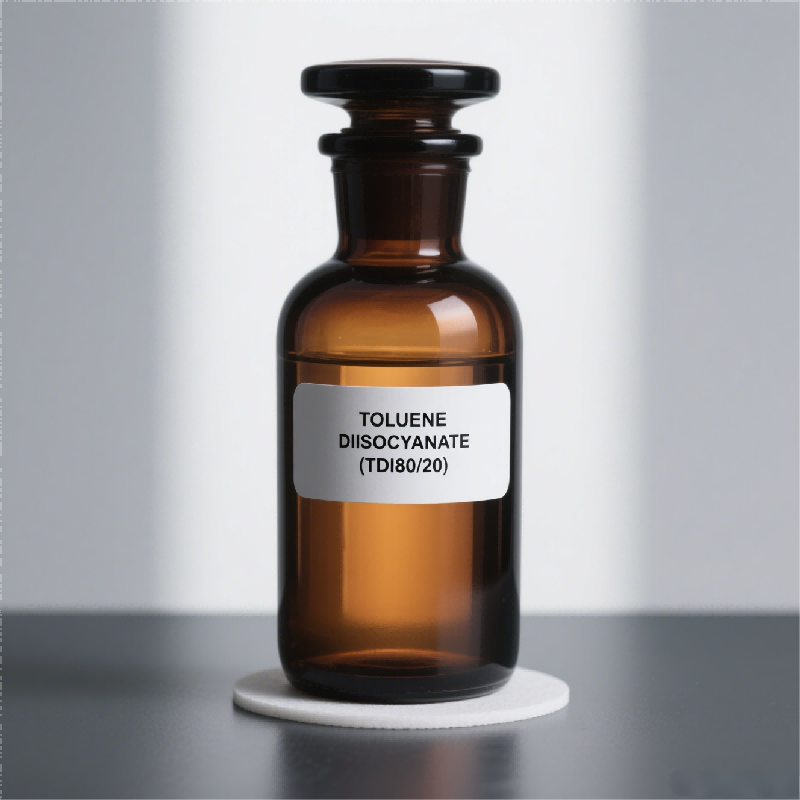Chemical Name: Ethyl ethanoate
CAS Number: 141-78-6
Molecular Formula: C₄H₈O₂
Synonyms: Acetic acid ethyl ester, Ethyl ester of acetic acid
Appearance: Colorless liquid with a characteristic fruity odor
Flash Point: -4°C
Boiling Point: 77.1°C
Density: 0.902 g/cm³ at 20°C
Solubility: Slightly soluble in water (~8.3 g/100 mL at 20°C); miscible with most organic solvents
Product Overview
Ethyl Acetate (EAC) is a versatile ester solvent derived from the esterification of acetic acid with ethanol. Renowned for its low toxicity, pleasant fruity aroma, and rapid evaporation rate, EAC is a preferred solvent in various industrial applications. Its excellent solvency power and low environmental impact make it a staple in coatings, adhesives, pharmaceuticals, and analytical chemistry.
Key Applications
1. Coatings and Paints
Solvent for Nitrocellulose and Cellulose Esters: EAC is employed in the formulation of nitrocellulose lacquers and cellulose acetate coatings, providing fast drying times and excellent film formation.
Industrial Coatings: Utilized in coatings for metal, wood, and plastic surfaces to enhance durability and resistance to environmental factors.
Varnishes and Wood Finishes: Applied in varnishes and wood coatings to improve surface properties and appearance.
2. Adhesives and Sealants
Pressure-Sensitive Adhesives (PSAs): EAC-based adhesives offer strong initial tack and long-term adhesion, suitable for labels, tapes, and packaging materials.
Construction Sealants: Used in sealants for construction applications, providing flexibility and resistance to environmental factors.
3. Pharmaceuticals and Food Industry
Extraction Solvent: EAC is employed as an extraction solvent in the pharmaceutical industry for the isolation of active compounds from natural sources.
Decaffeination Agent: Utilized in the decaffeination process of coffee beans and tea leaves, preserving flavor while removing caffeine.
Flavoring Agent: Naturally occurring in fruits like bananas and apples, EAC is used as a flavoring agent in the food industry to impart fruity notes to products such as candies and beverages.
4. Analytical Chemistry
Chromatography: EAC is a common solvent in column and thin-layer chromatography, effectively separating compounds due to its moderate polarity.
Extraction and Purification: Serves as a solvent in the extraction and purification of analytes from complex matrices such as biological fluids and environmental samples.
5. Cosmetics and Personal Care
Nail Care Products: EAC is a key ingredient in nail polish removers and base coats, effectively dissolving nitrocellulose and other components.
Fragrance Carrier: Used in perfumes and air fresheners for its ability to evaporate quickly, leaving the scent without oily residues.
Physical and Chemical Properties
Appearance: Colorless liquid
Odor: Characteristic fruity
Density: 0.902 g/cm³ at 20°C
Solubility: Slightly soluble in water (~8.3 g/100 mL at 20°C); miscible with most organic solvents
Boiling Point: 77.1°C
Flash Point: -4°C
Vapor Pressure: 73 mmHg at 20°C
Refractive Index: 1.3720 at 20°C
Autoignition Temperature: 474°C
Safety and Handling
Ethyl Acetate is a highly flammable liquid and vapor. It may cause eye irritation and central nervous system effects such as drowsiness or dizziness upon inhalation. Prolonged or repeated exposure may lead to skin dryness or cracking.
Storage: Store in a cool, well-ventilated area away from heat sources and open flames. Keep containers tightly closed.
Personal Protective Equipment (PPE): Use appropriate PPE, including gloves, goggles, and protective clothing, when handling EAC.
Ventilation: Ensure adequate ventilation to minimize inhalation exposure.
Spill Response: In case of a spill, evacuate the area and follow proper spill response procedures.
Packaging and Availability
Ethyl Acetate is available in various packaging options to meet the needs of different industries:
Drums: Typically available in 180 kg (396 lbs) steel drums.
IBC Totes: Available in 1,000 kg (2,204 lbs) intermediate bulk containers.
Bulk Quantities: Available upon request for large-scale applications.
Certificates
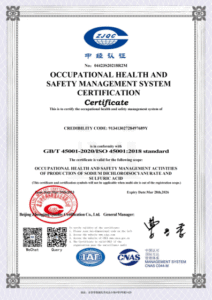
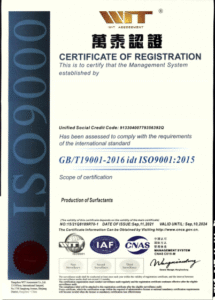
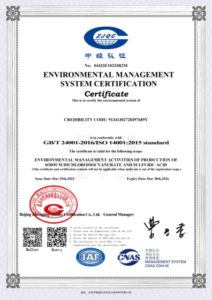
Payment terms: Various payment methods are available, including T/T IN ADVANCE, Part repayment and part credit, etc.

